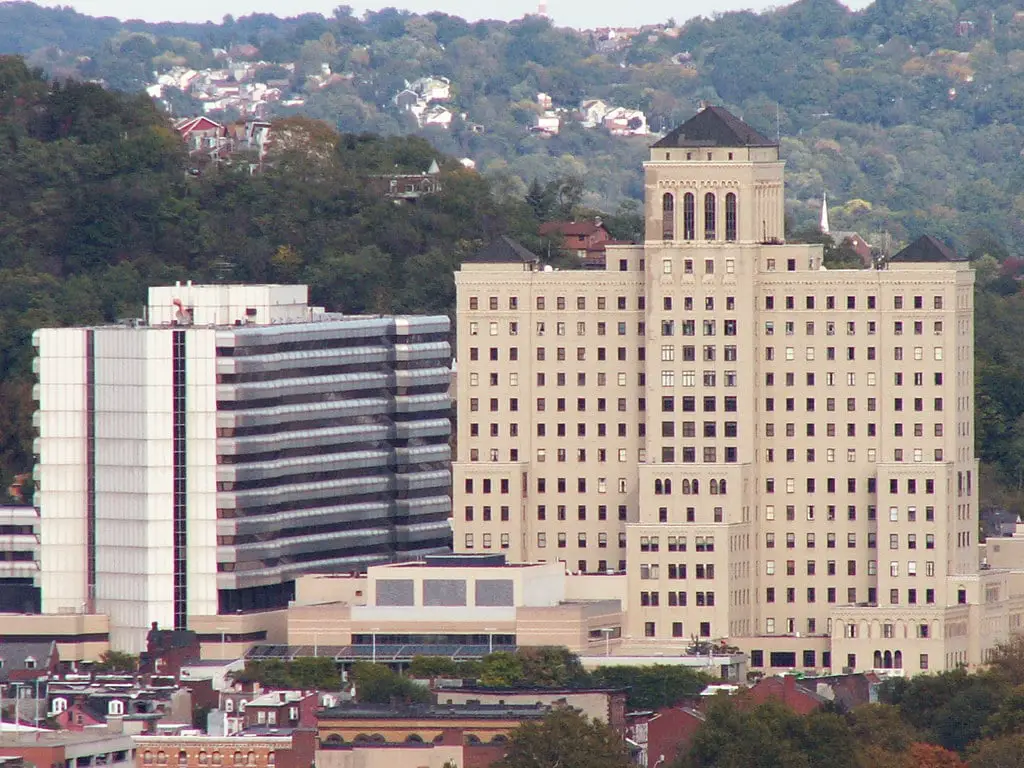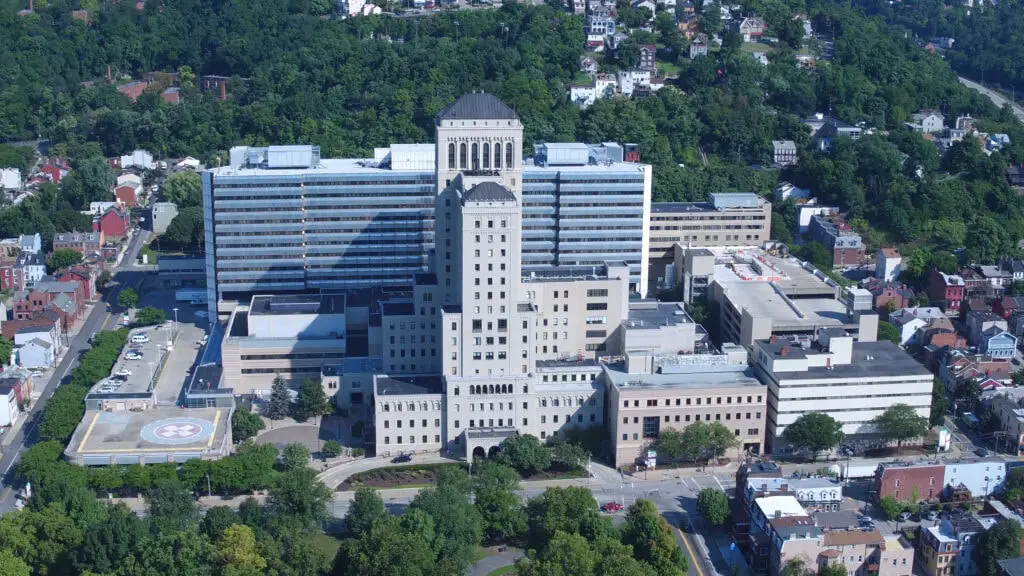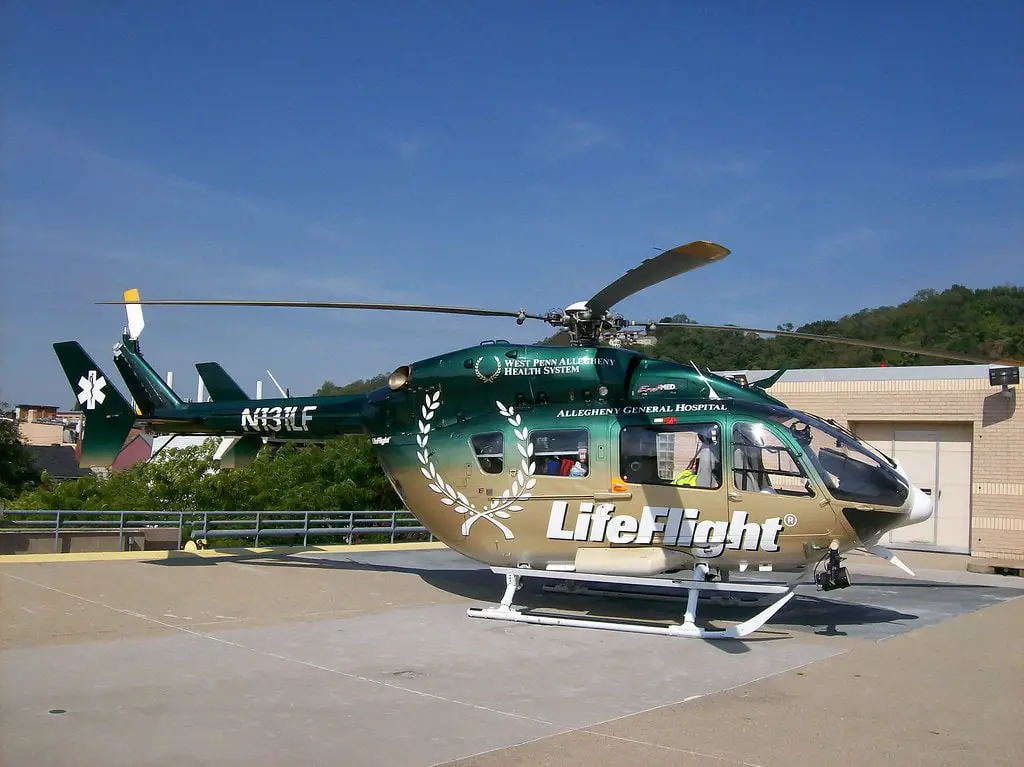The Beginnings of a Vision
The Allegheny General Hospital (AGH) is a historical gem in Pittsburgh's Central Northside neighborhood. As the academic flagship of the Allegheny Health Network, AGH has come a long way from its humble beginnings as a 50-bed infirmary in 1886.
It was Pennsylvania's first hospital designated as a Level 1 shock trauma center and the first in the northeastern United States to offer aeromedical service.
The idea for AGH began in 1881 when the mayor of Allegheny City met with a committee of physicians and prominent residents to discuss constructing and fundraising for a new North Side hospital.
After three years of planning, the committee purchased two neighboring properties on Stockton Avenue, and in 1882, the hospital was officially chartered. Then, on February 15, 1886, the forerunner to today's Allegheny General Hospital opened its doors.
Early Innovations
From the beginning, AGH was committed to providing the best care possible for its patients. In 1887, AGH created a specialized children's wing catering to the distinct requirements of its young patients. In 1889, AGH received an ambulance donation, launching its ambulance service that would continue for the next 64 years.
As the 20th century began, AGH's directors started raising funds for a new facility just one block away on Stockton Avenue. This seven-story, 400-bed building, costing $620,000, opened in 1904 and featured advanced laboratory facilities with dedicated spaces for urinalysis, blood work, bacteriology, and autopsies.
The Skyscraper Hospital and Beyond
By the 1920s, the need for a new AGH home was evident. The renowned New York-based architecture firm York and Sawyer was commissioned to design one of the country's pioneering "skyscraper" hospitals. Despite the Great Depression causing construction delays, the 22-story, $8 million hospital was finally completed in 1936.
Over time, Allegheny General Hospital grew, adding an East Wing and completing the $104 million Snyder Pavilion in 1981. The Snyder Pavilion brought a new inpatient tower featuring cutting-edge technology and more space for patients, staff, and visitors.
Expanding Services and Facilities
Today, AGH is a 576-bed quaternary care and educational hospital. AGH is AHN's busiest hospital, with an annual count of 24,000 inpatient admissions, 23,000 surgeries, and nearly 56,000 emergency department visits.

AGH has constructed numerous new facilities in the past five years, including a cardiac MRI center, a cardiovascular intensive care unit, hybrid operating rooms, an orthopedic center, and a surgical arts center. It is committed to staying at the forefront of medical advancements.
AGH began building a cutting-edge academic cancer center on its campus in 2018, further solidifying its esteemed position in cancer care and research.
| Timeline | Event |
|---|---|
| 1881 | The Mayor of Allegheny City initiates discussions about a new North Side hospital |
| 1886 | Allegheny General Hospital opens its doors |
| 1904 | AGH moves to a new seven-story, 400-bed facility |
| 1936 | The 22-story "skyscraper" hospital is completed |
| 1981 | Snyder Pavilion is completed |
| 2018 | Construction begins on a new academic cancer center |
| June 2022 | Dr. Imran Qadeer has been named president of AGH |

Leadership Changes
In January 2022, Dr. Imran Qadeer was named the interim president of Allegheny General Hospital, taking over for Dr. David Parda, an internationally known radiation oncologist who took a job with parent company Allegheny Health Network.
Parda has been AGH's president since 2019 and was previously the founder and chair of the AHN Cancer Institute. In addition, he assumed the role of AHN's publication and research collaboration physician executive.
In June 2022, Allegheny Health Network officially named Dr. Imran Qadeer as the new president of Allegheny General Hospital. With his extensive experience and dedication to patient care, Dr. Qadeer is expected to lead AGH into a bright future, building upon the hospital's legacy of excellence and innovation.

Fostering Community Connections
Throughout its history, Allegheny General Hospital has played an integral role in the lives of the people in the Central Northside neighborhood and the greater Pittsburgh community. The hospital has always been committed to giving back by providing essential medical services, creating jobs, or contributing to local initiatives.
As AGH continues to grow and evolve, it remains dedicated to fostering strong community connections and addressing the unique needs of the local population. The hospital regularly hosts events, seminars, and health fairs to keep the community informed and engaged in their healthcare.
Celebrating the Legacy
AGH has always been a symbol of progress and innovation in Pittsburgh, and its history is a testament to the unwavering commitment of the city's leaders, physicians, and residents. It's hard not to feel a sense of nostalgia and pride when reflecting on the hospital's growth and achievements.

Looking ahead, Allegheny General Hospital will undoubtedly continue to impact the lives of those it serves significantly, and its legacy will remain an inspiration for generations to come.
